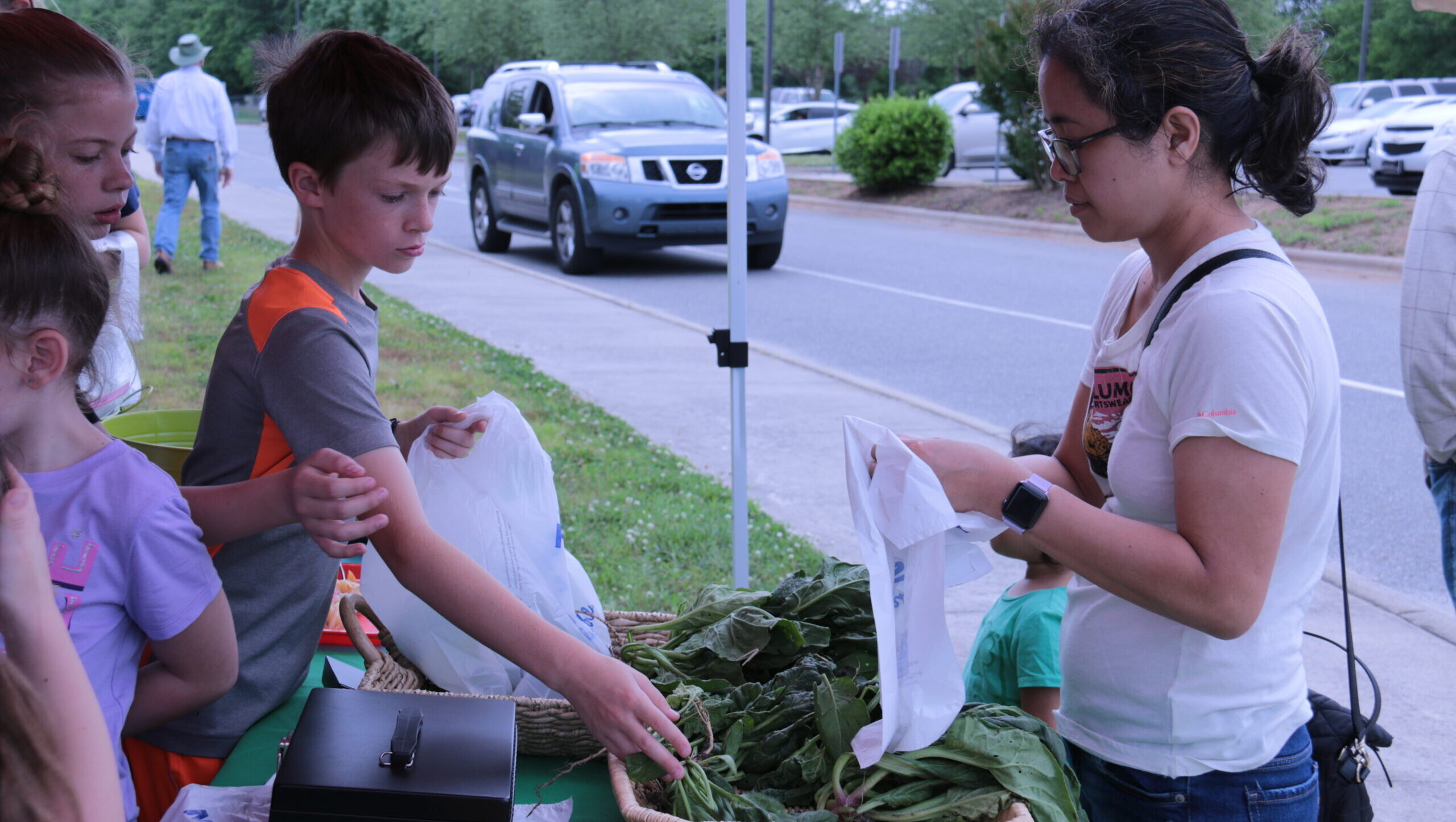Social Studies in the Garden

When I ask teachers what subjects they think can be taught in the school garden, science and math are the standard answers, rarely do I hear social studies. Social studies may not seem as obvious a connection as science but there are many great ways to connect the garden with social studies curriculum.
- The school garden is an excellent example of change over time, from season to season and year to year students can observe how the garden changes and how humans influence that change.
- School gardens are great locations to learn map making skills, from larger structures of garden beds and pathways to the individual plants in each bed. Students can create maps of the garden area, label the cardinal directions, learn relative positioning, and use symbols.
- Students can learn first hand how people change the environment by planting, recycling and composting.
- Take a deeper dive into historical figures and how they have shaped our agricultural system today. George Washington Carver is a great example. Take a look at Thomas Jefferson’s personal garden journal and learn the best time of year to plant peas.
- How are our agricultural practices changing? How do people adapt to, change and protect the environment to meet their needs?
- A farmer’s market is a great way to introduce students to goods and services.
Don’t be afraid to stray from the obvious curriculum connections and dive into some great social studies lessons in the garden.
- Categories: